Application Form
Please fill out the form below, so we can contact you as soon as possible!
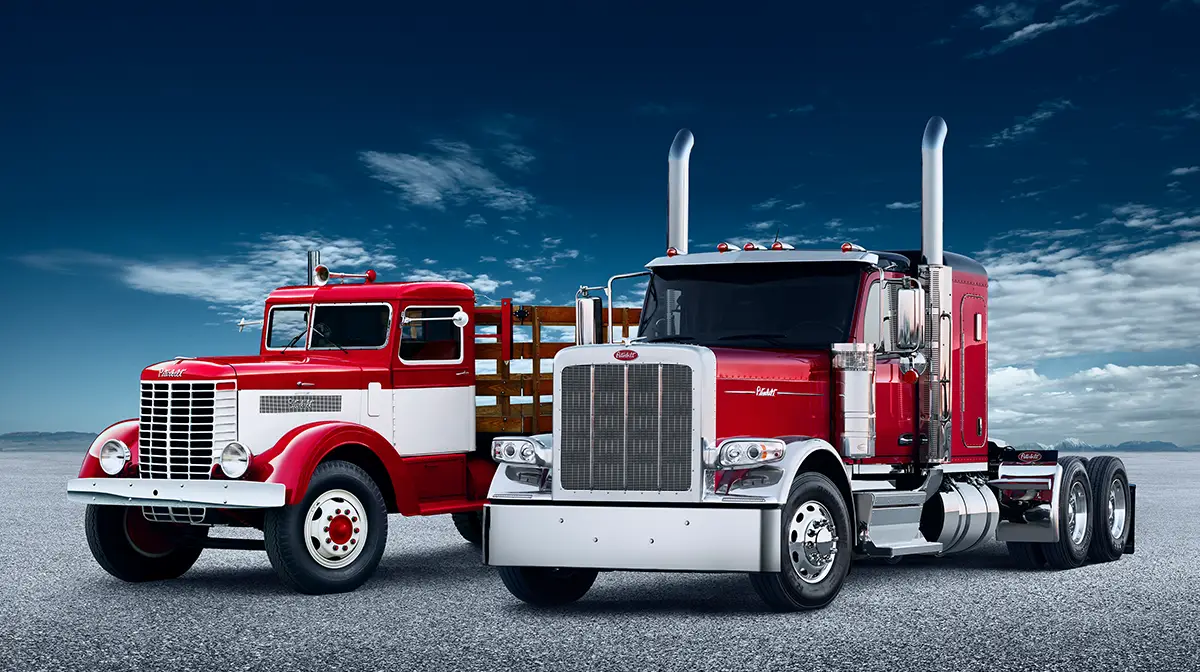
Since 1939, Peterbilt has been an iconic name in American trucking. For over eight decades, its big red oval logo has rolled across highways and job sites, hauling goods and materials that helped build America’s infrastructure. From early logging rigs to modern smart trucks, Peterbilt’s legacy is deeply intertwined with the growth of the American economy.
T.A. “Al” Peterman established Peterbilt in 1939 after acquiring the assets of Fageol Truck and Motor Company. Peterman, a lumberman by trade, wanted to create sturdy trucks for hauling logs out of the forests of the Pacific Northwest. The first Peterbilts were assembled in Oakland, California, and even during World War II, the company contributed by building military trucks.
By 1958, Peterbilt had become part of PACCAR (Pacific Car & Foundry), joining sister brand Kenworth under a larger corporate umbrella. Throughout the 1960s and 1970s, Peterbilt expanded its production (opening a facility in Madison, Tennessee, in 1969) and introduced new models that set industry standards. The famous red oval emblem appeared in 1953 and has remained a hallmark of the brand ever since.
Over the decades, Peterbilt grew from a regional West Coast manufacturer into a nationwide symbol of quality, eventually moving its headquarters and main plant to Denton, Texas. Today, the company’s history of innovation and toughness continues to drive its reputation as a builder of trucks that stand the test of time.
Ask any seasoned trucker about Peterbilt, and you’ll hear about their rock-solid durability. Peterbilt trucks are known for robust construction and engineering, built to handle demanding jobs without giving up. From heavy logging in the mountains to hauling construction equipment across rough terrain, these rigs earned a reputation for reliability that makes them a favorite among owner-operators and long-haul drivers.
The brand’s attention to detail and use of high-quality materials result in trucks that often run for a million miles or more with proper care. Another advantage is Peterbilt’s high level of customization – buyers can spec everything from the engine and transmission to axle setups and sleepers to fit their exact needs. This built-to-order approach means a Peterbilt isn’t just a truck but your truck, configured for the job.
Over the years, Peterbilt has produced numerous models, but a few stand out as true legends in trucking. These iconic models are beloved by drivers and have each left a mark on the industry.
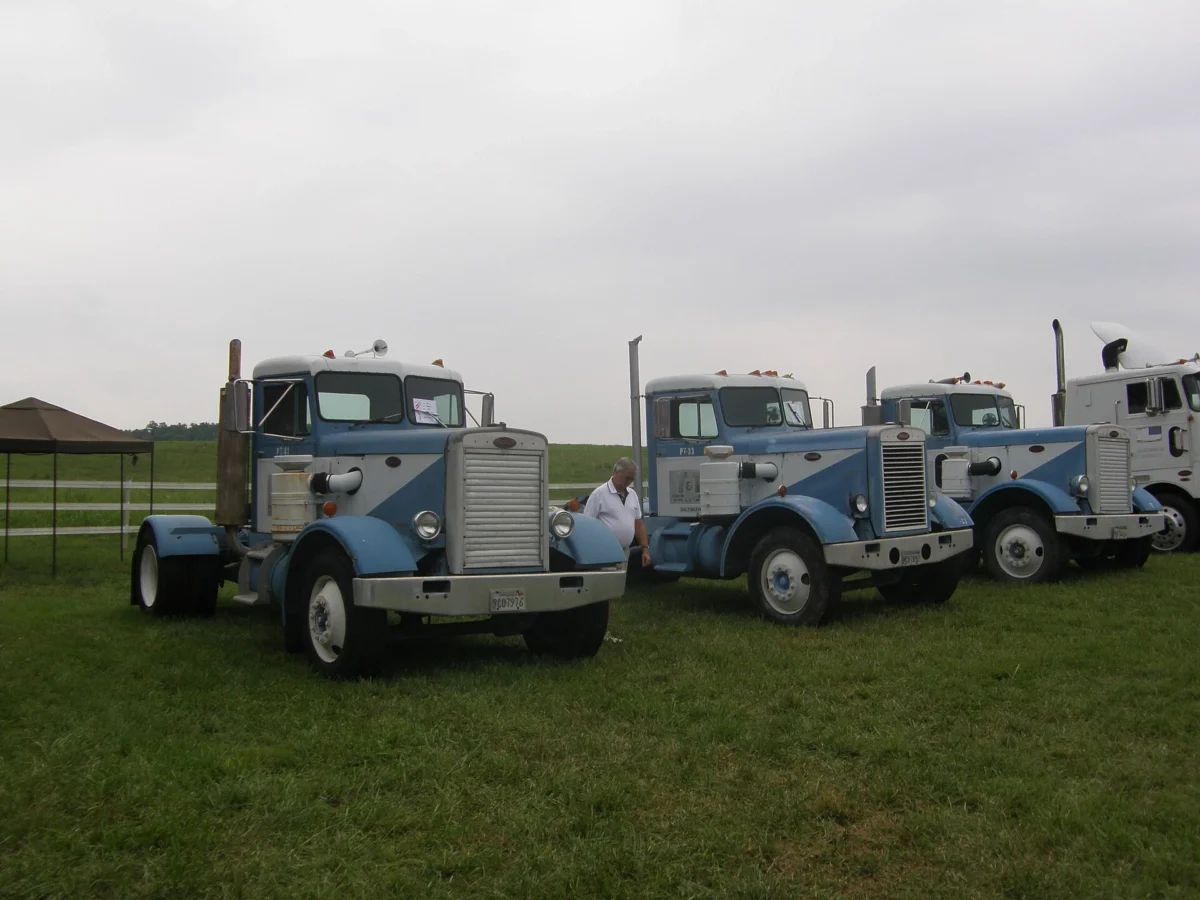
The Model 351 was a workhorse that helped establish Peterbilt’s reputation in the mid-20th century. Introduced in 1954, it had an incredible production run of 22 years – the longest in Peterbilt history. The 351 (and its single-axle sibling, the 281) earned the nickname “Needlenose” for its narrow hood and distinctive butterfly-style engine access panels. This slender nose wasn’t just for looks; it gave drivers better forward visibility and made it easier to service the engine, practical benefits that truckers appreciated in the days before tilt hood designs.
Built on a sturdy chassis and designed to handle heavy loads, the 351 was popular in industries like logging and construction, where rugged reliability was a must. Its classic design – with a tall grille and two round headlights – set the template for Peterbilt’s conventional trucks. Even as newer models eventually arrived, the 351’s longevity and toughness cemented its status as a legend.
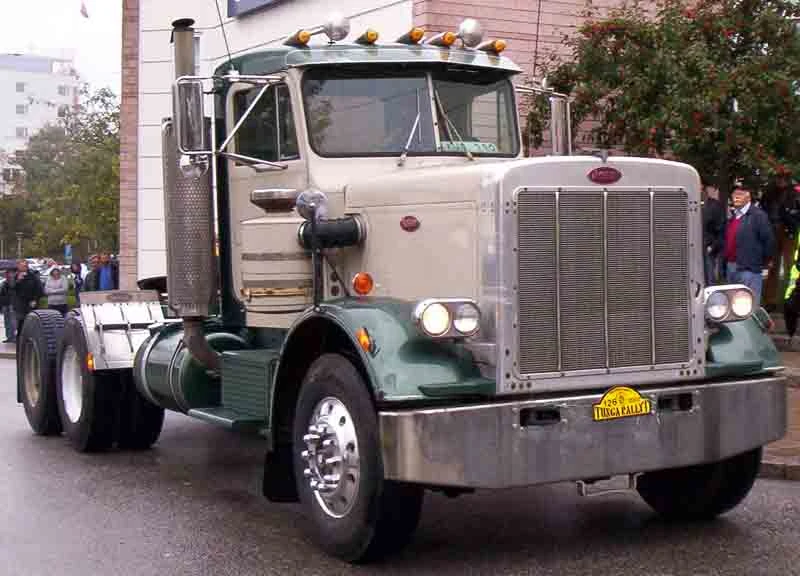
If Model 351 laid the groundwork, Model 359 took Peterbilt’s image to the next level. Introduced in 1967, the 359 was Peterbilt’s first model with a true long-nose hood, and it quickly developed a loyal fan base and almost cult-like following. This truck looked like a big rig was supposed to look – long, tall, and unmistakably imposing on the highway. The 359’s stretched-out hood could accommodate larger diesel engines, and owners often spec’d them with big power for heavy hauling.
The 359 was originally built for the owner-operator who needed a truck that could handle the challenges of long-haul trucking. Virtually any engine and drivetrain combo could be ordered, allowing truckers to customize the 359 for logging duty, produce hauling, tanker work – you name it. Its aluminum cab and other lightweight options meant the 359 could be made lighter yet strong, a bonus for those hauling hefty loads.
During its two-decade run, Peterbilt kept improving the 359: in the late 1970s it got the famous “Corvette dash” dashboard design, and eventually, options like a 63-inch stand-up sleeper and raised-roof bunks were offered to make life on the road more comfortable. By 1980, the company had even built its 100,000th vehicle – a long-hood 359, marking how successful this model had become.
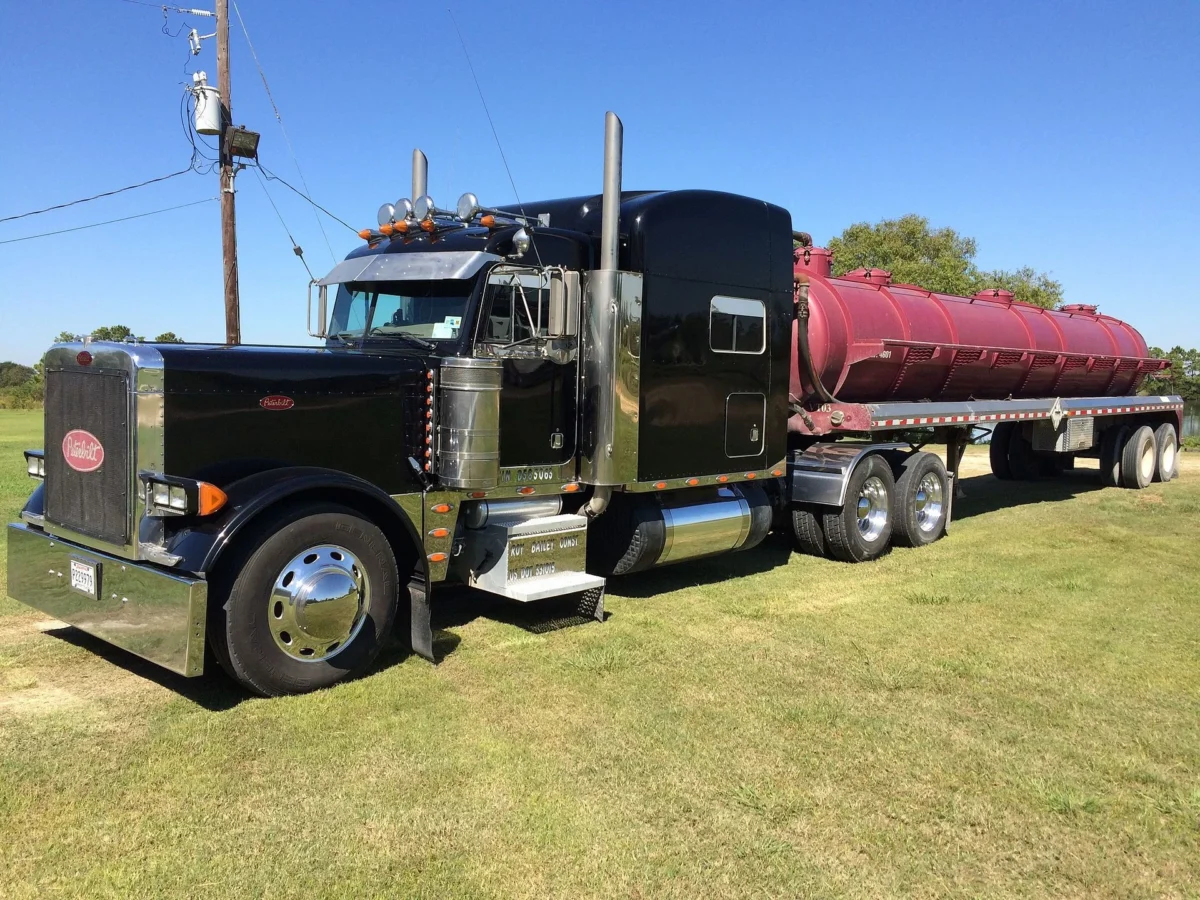
In 1987, Peterbilt unveiled the Model 379, and it soon became the most popular owner-operator truck of all time. For many, the 379 is the face of American trucking – it’s the model you’d find on posters, in movies, and flying down the interstate with a proud independent behind the wheel. The 379 replaced the 359 as Peterbilt’s flagship highway tractor and carried forward the classic styling: an iconic long, squared-off nose, a polished aluminum hood, and a distinctive headlamp setup with dual headlights on each side. It also brought modern updates. The cab was all new, with larger windows for better visibility and improved ergonomics for drivers.
Over its 20-year production, the 379 gained a reputation not only for its looks but also for its performance and comfort. It could be spec’d with powerful Caterpillar, Cummins, or Detroit engines, and it introduced the Unibilt sleeper cab in the mid-1990s – an innovation that used an integrated cab-sleeper design with air-ride suspension, dramatically improving ride quality and allowing a wider opening between the driver area and the sleeper. Owner-operators loved how the 379 blended brute strength with driver comfort: this truck could pull heavy loads up mountain grades and then provide a quiet, spacious haven for rest at day’s end.
Peterbilt retired the 379 in 2007 with a send-off befitting a legend. Even today, well-maintained 379s are sought after – they’re considered “classics” and often command high prices on the used market because so many truckers know and trust this model.
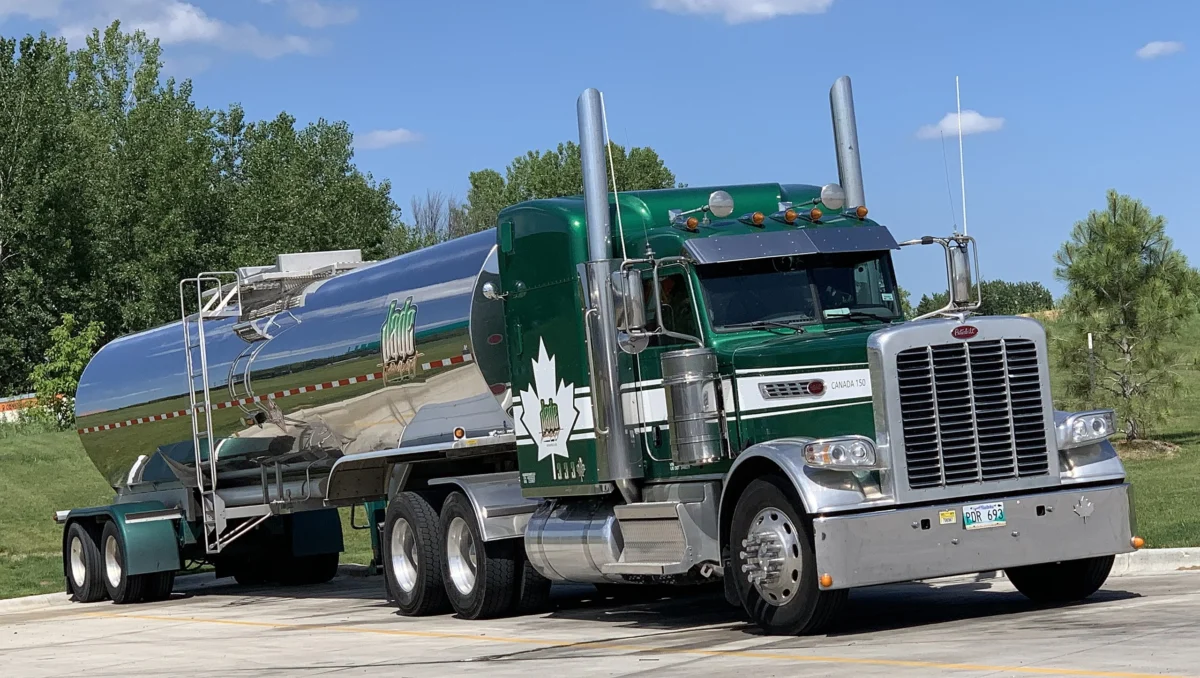
To fill the big shoes of the 379, Peterbilt introduced the Model 389 in 2006. The 389 took the timeless style of its predecessor and infused it with modern engineering. On the outside, it’s pure “pride and class” – the 389 sports the longest hood ever fitted to a Peterbilt, giving it an imposing 131″ bumper-to-back-of-cab length and that unmistakable long-nose profile. The truck kept the classic look (you can still spot the dual chrome air cleaners and the crown-shaped hood ornament) but added a few aerodynamic tweaks and new complex reflector headlamps for better visibility. Under the skin, the 389 benefited from updates to meet newer emissions and technology standards. It has an all-aluminum cab and an even more robust electrical system, and it can be equipped with the latest PACCAR or Cummins engines that balance performance with cleaner operation.
For many owner-operators, the 389 represents the best of both worlds: it carries on the tradition of the long-hood American semi while being fully capable of meeting today’s demands. Drivers often choose the 389 not just for work but for show – it’s the truck you’ll see proudly polished at truck rallies, representing the continuation of a legacy.
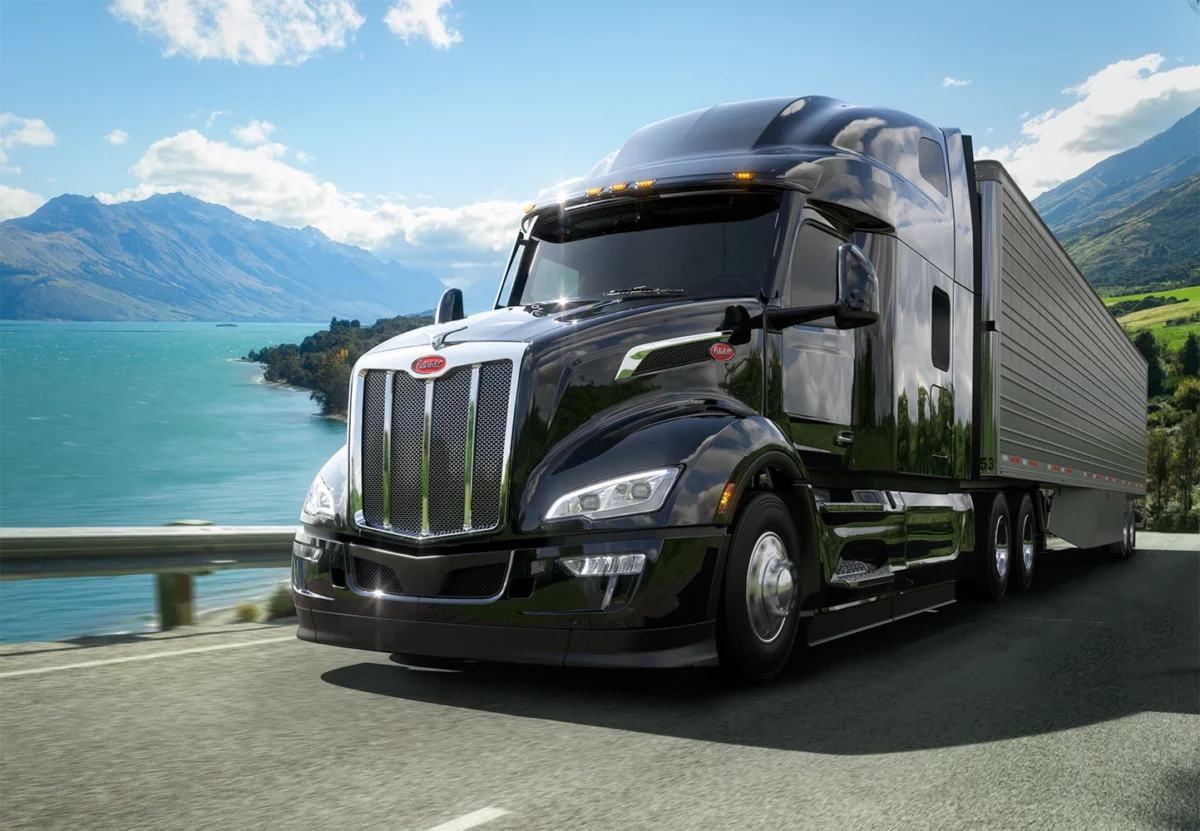
While the 389 caters to tradition, the Model 579 represents Peterbilt’s leap into the future. Introduced in 2012, the 579 is an aerodynamic, fuel-efficient on-highway tractor that became the new flagship for the brand’s fleet and owner-operator market. It was designed from the ground up to save fuel and increase driver comfort – a departure from the purely square shapes of earlier models. With its swept-back hood, streamlined mirrors, and smooth side fairings, a Peterbilt 579 can cut through the wind far more efficiently (Peterbilt reports significant fuel economy gains with its EPIQ aero package) compared to its classic siblings.
But even as it embraced a sleek look, the 579 stayed true to Peterbilt quality. It features a spacious interior with an emphasis on comfort: many 579s come with the UltraLoft sleeper, a high-roof integral sleeper that offers roughly 70 cubic feet of space and plenty of headroom for drivers to stand up and move around. Inside, the cab is loaded with modern amenities – digital dashboards, advanced climate control, sound insulation, and lots of storage – truly a home-on-wheels for long hauls. The 579 was also one of the first Petes to incorporate advanced safety technology like collision mitigation, lane departure warning, and adaptive cruise control.
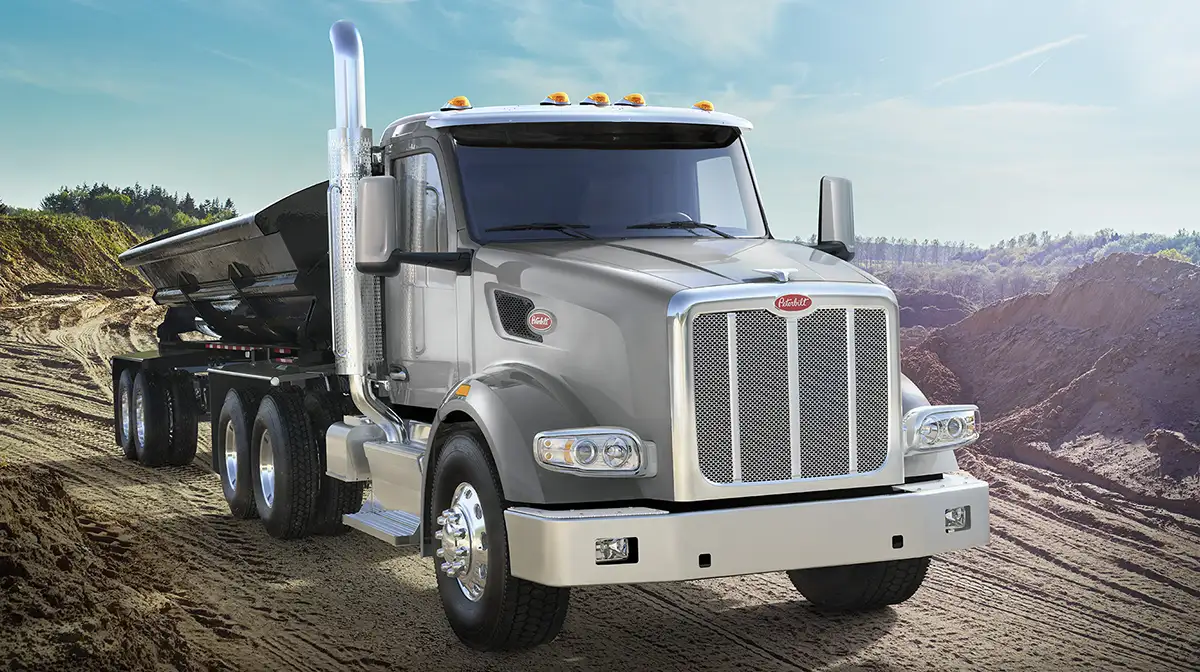
Rounding out the lineup of icons is the Model 567, a truck that brings Peterbilt’s quality to the toughest jobs. Launched in 2013, the 567 was built as a vocational workhorse – the kind of truck you’d see on construction sites, in quarries, or hauling oversized loads. It was designed alongside the 579, even sharing the same strong aluminum cab structure, but everything about the 567 is optimized for heavy-duty performance and durability.
One of the key features of the 567 is its versatility: it’s available with either a set-forward or set-back front axle configuration, allowing customers to maximize payloads or maneuverability as needed. For virtually every commercial driver, a Peterbilt 567 is a point of pride – it says you’ve got a truck that can tackle any task and still turn heads on the road back home.
Peterbilt’s legacy in America goes well beyond the specs of any single model – it’s a brand that has become an American symbol of trucking excellence. The very sight of a Peterbilt’s upright grille and red oval badge is instantly recognizable, evoking images of cross-country road trips and the independent spirit of the open road. Many of the trucks that helped shape pop culture – from movies to country songs – have been Peterbilts, underscoring the brand’s iconic status.
Over the years, the company has carefully balanced innovation with tradition. Even as designs evolved, they retained the unmistakable Peterbilt DNA. This enduring commitment means that the Peterbilt legend carries on: new generations of truckers can drive cutting-edge rigs that honor the heritage of those classic models that helped build America. In every sense, Peterbilt’s ongoing influence is a testament to its ability to adapt and innovate without losing the character that made it a trucking icon.
Application Form
Please fill out the form below, so we can contact you as soon as possible!